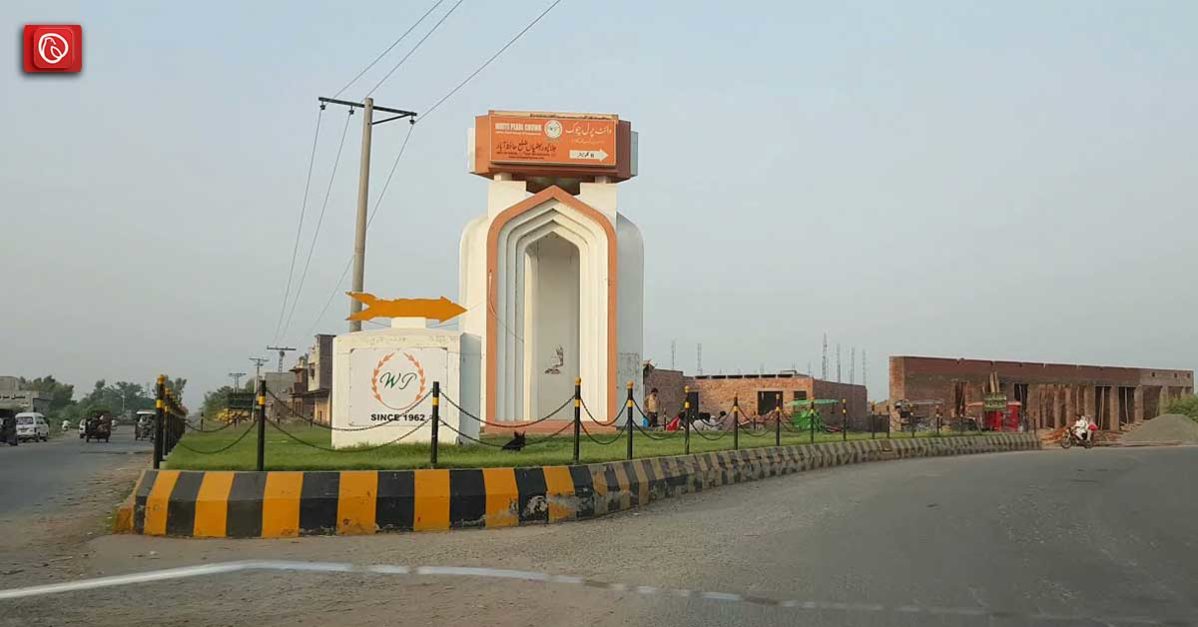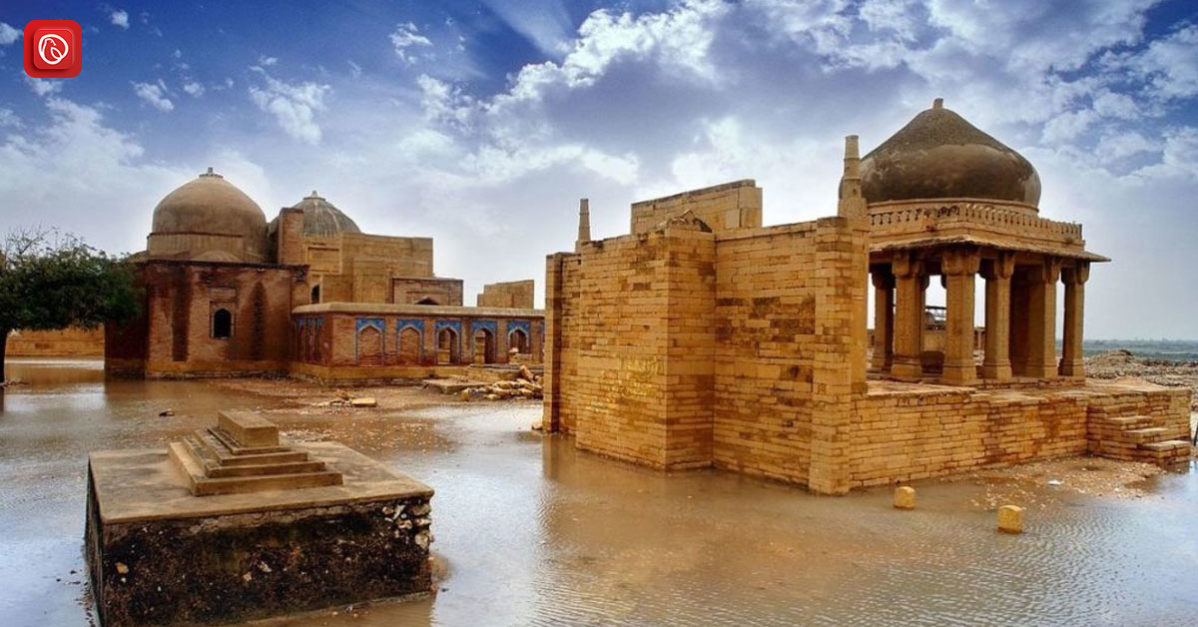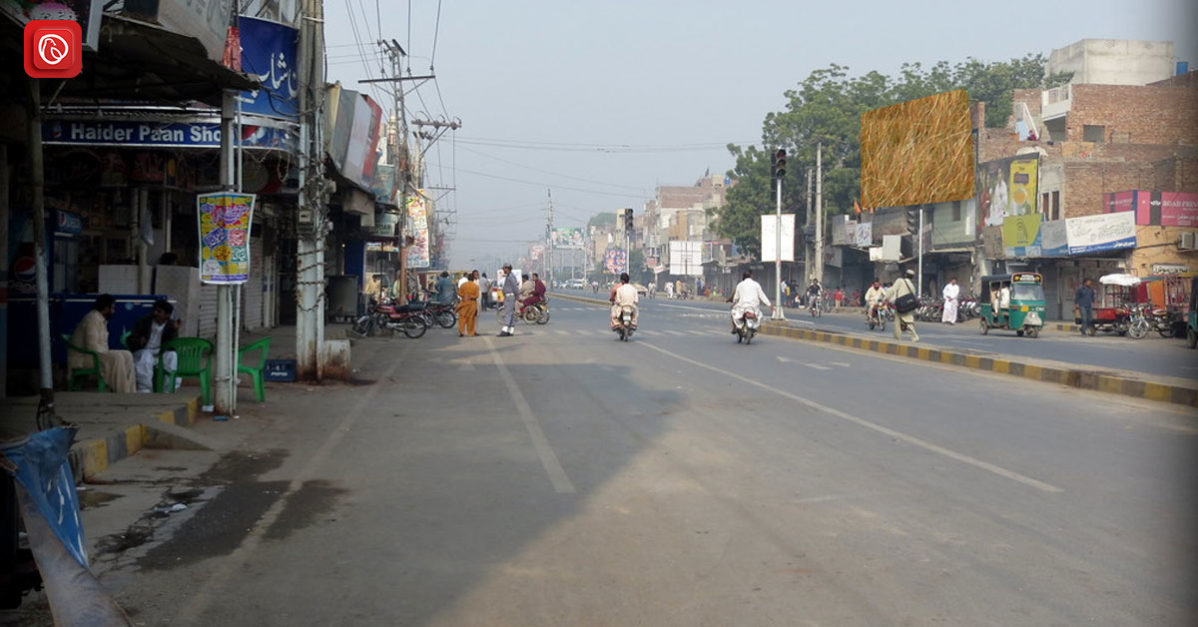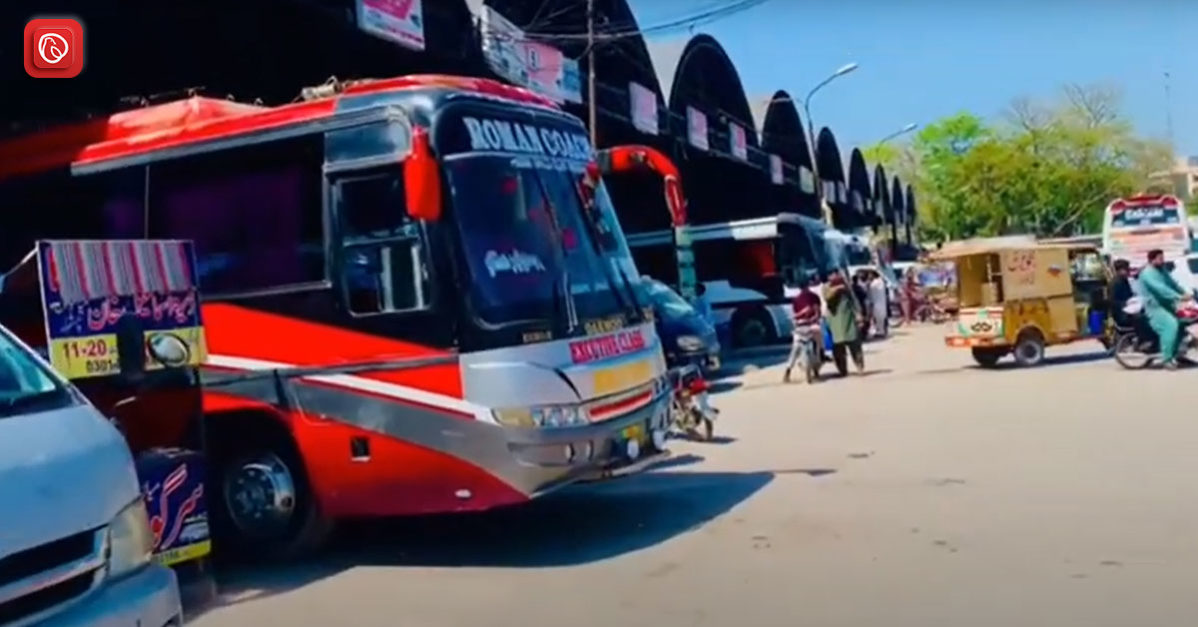Jalalpur Bhattian is a town in the Hafizabad District of the Punjab province in Pakistan. It is present near the Chenab River and is known for its agricultural activities. The town has a significant population engaged in farming, with crops such as wheat, rice, sugarcane, and citrus fruits being cultivated in the surrounding areas. Additionally, Jalalpur Bhattian is known for its historic significance and cultural heritage, with various archaeological sites and landmarks scattered throughout the region.
Graana.com has prepared an area guide to Jalal Bhattian, including its culture, agriculture, weather and more.
Culture
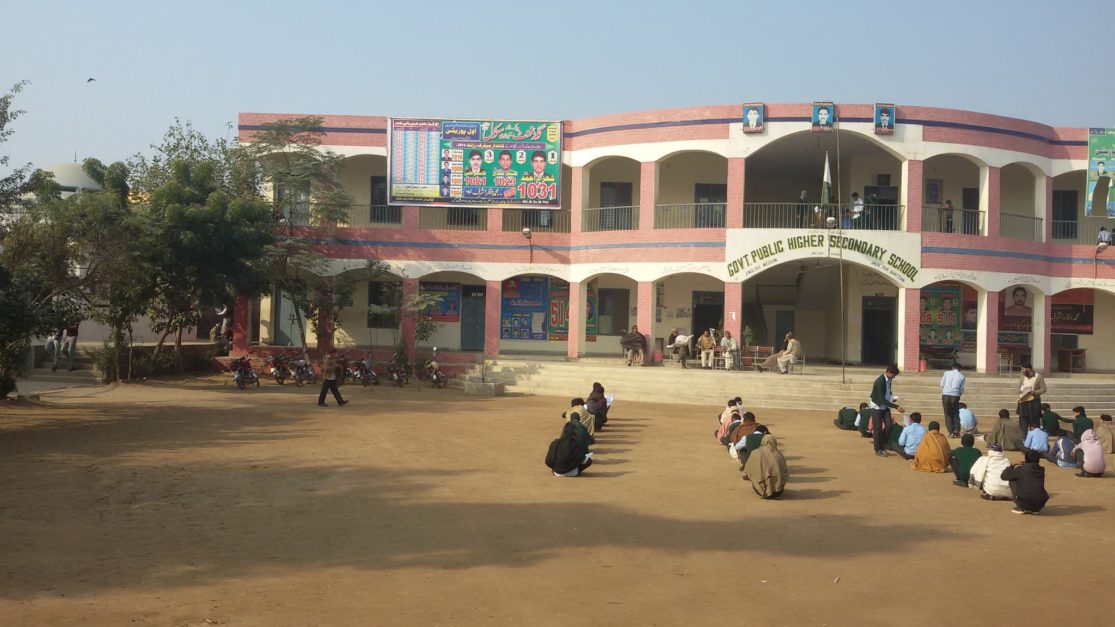
The culture of Jalalpur Bhattian, like much of Punjab, is deeply rooted in tradition, hospitality, and rich heritage. Here are some aspects of the culture you might find:
Language: Punjabi is the primary language spoken in Jalalpur Bhattian. It’s a vibrant language with its distinct dialects and expressions.
Food: Punjabi cuisine is famous for its rich and flavorful dishes. Staple foods include roti (flatbread), naan, various types of curries, lentils, and rice dishes like biryani and pulao. Lassi, a yoghurt-based drink, is also popular.
Music and Dance: Bhangra and Giddha are traditional Punjabi dance forms that are often performed at weddings, festivals, and other celebrations. With its upbeat rhythms and catchy melodies, Punjabi music is enjoyed by people of all ages.
Festivals: Festivals like Eid, Diwali, Basant, and Vaisakhi are celebrated enthusiastically in Jalalpur Bhattian. These occasions bring communities together, fostering a sense of unity and joy.
Arts and Crafts: Punjabi culture is known for its vibrant arts and crafts, including Phulkari embroidery, pottery, and woodwork. These traditional crafts are often passed down through generations and play a significant role in preserving cultural heritage.
Hospitality: Hospitality is a cornerstone of Punjabi culture, and guests are treated with utmost respect and warmth. It’s common for families to go above and beyond to ensure their guests feel welcome and comfortable.
Religious Diversity: Jalalpur Bhattian, like much of Punjab, is home to people of various religious beliefs, including Islam, Sikhism, and Hinduism. This religious diversity contributes to the richness of the local culture and traditions.
The culture of Jalalpur Bhattian reflects the warmth, vibrancy, and resilience of its people, who take pride in their heritage while embracing modern influences.
Agriculture
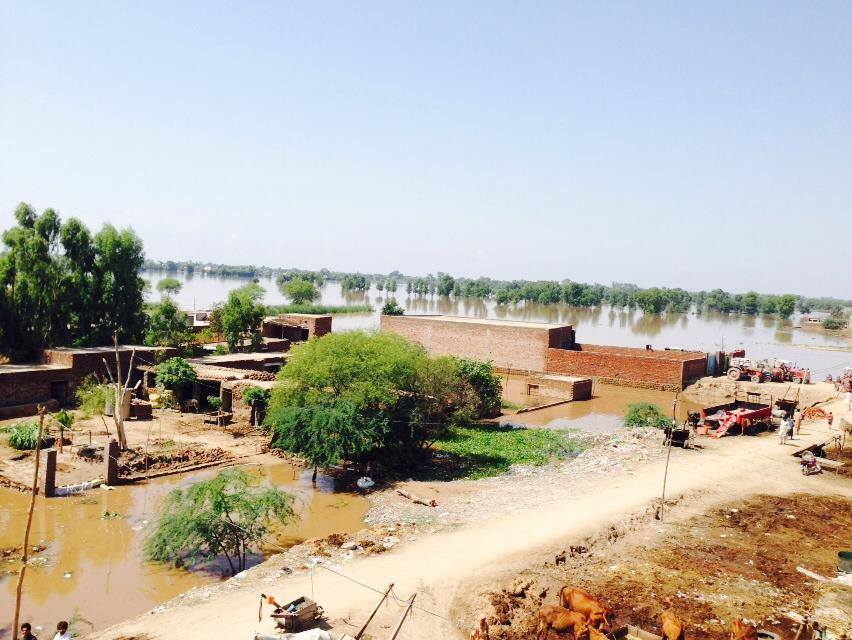
Agriculture is a significant aspect of life in Jalalpur Bhattian, as it is in much of Punjab, Pakistan. The region’s fertile soil and favourable climate make it well-suited for agricultural activities. Here are some key points about agriculture in Jalalpur Bhattian:
Crops: The primary crops grown over here include wheat, rice, sugarcane, maize, and citrus fruits such as oranges and ‘know’. These crops are cultivated both for local consumption and for export to other regions.
Irrigation: The agriculture here relies heavily on irrigation, with water sourced from the Chenab River and a network of canals. Farmers utilise traditional flood irrigation methods as well as modern techniques such as drip irrigation to efficiently water their crops.
Livestock: In addition to crop farming, livestock farming is also common in Jalalpur Bhattian. Farmers raise cattle, buffalo, goats, and poultry for meat, milk, and other dairy products. Livestock farming serves as an additional source of income for many households.
Modernization: While traditional farming methods are still prevalent, there is a growing trend towards modernisation and mechanisation in agriculture. Tractors, harvesters, and other agricultural machinery are increasingly being used to improve efficiency and productivity.
Challenges: Like other agricultural regions, Jalalpur Bhattian faces various challenges, including water scarcity, soil degradation, and pest infestations. Climate change and fluctuating market prices also pose risks to farmers’ livelihoods.
Government Support: The government of Punjab provides support to farmers through subsidies, agricultural extension services, and infrastructure development initiatives. These efforts aim to enhance productivity, improve livelihoods, and ensure food security in the region.
Agriculture plays a vital role in the economy and culture of this place, providing employment opportunities for a significant portion of the population and sustaining livelihoods for rural communities.
Weather
The weather in Jalalpur Bhattian, like much of Punjab, experiences distinct seasons throughout the year. Here’s a general overview:
Summer (May to September): Summers here are typically hot and dry, with temperatures often exceeding 40°C (104°F) during the hottest months of June, July, and August. The region may also experience occasional heatwaves, accompanied by low humidity levels.
Monsoon (July to September): During the monsoon season, which usually lasts from July to September, this beautiful city receives moderate to heavy rainfall. These rains help replenish groundwater levels and support agricultural activities. However, intense rainfall can also lead to localised flooding in low-lying areas.
Autumn (October to November): Autumn in this place brings relief from the scorching heat of summer, with temperatures gradually decreasing. The weather becomes more pleasant, making it an enjoyable time to be outdoors.
Winter (December to February): Winters here are cool and dry, with temperatures dropping significantly, especially at night. December and January are the coldest months, with nighttime temperatures sometimes falling below 5°C (41°F). Foggy conditions are common during this season, particularly in the early morning hours.
Spring (March to April): Spring is a transitional season characterised by mild temperatures and blooming flowers. The weather gradually warms up as winter gives way to summer, and farmers begin preparing their fields for the upcoming growing season.
Industries
Jalalpur Bhattian, primarily an agricultural region, may not have a diverse industrial landscape compared to larger urban centres. However, there are likely some industries present in the area, catering to local needs and contributing to the economy. Here are some industries that you may find here:
Agricultural Processing: Given its agricultural focus, there may be industries involved in processing agricultural products such as rice mills, flour mills, sugar mills, and citrus processing plants. These industries add value to raw agricultural produce before it reaches the market.
Textiles and Garments: Textile manufacturing is a significant industry in Pakistan, and there may be small-scale textile factories or garment units in Jalalpur Bhattian involved in spinning, weaving, or stitching textiles.
Brick Kilns: Brick-making is a common industry in rural areas, and Jalalpur Bhattian might have brick kilns producing bricks for construction purposes.
Handicrafts: Traditional handicrafts such as pottery, woodwork, and embroidery may also be part of the local industry, providing employment opportunities and preserving cultural heritage.
Small-scale Manufacturing: Various small-scale manufacturing units might exist, producing items such as furniture, metalwork, plastic products, and household goods to meet local demand.
Agro-based Industries: Apart from processing agricultural products, there may be agro-based industries producing items like cooking oils, animal feed, and dairy products.
Construction and Building Materials: With infrastructure development ongoing in many parts of Pakistan, including rural areas, there might be industries involved in producing construction materials like cement, concrete blocks, and steel reinforcement bars.
It’s important to note that the industrial landscape of this place may be influenced by factors such as proximity to major cities, infrastructure availability, and government policies. Additionally, the presence and nature of industries can evolve over time in response to economic trends and local demand.
Distance
The distance from Jalalpur Bhattian to nearby cities can vary. It depends on the specific route taken, mode of transportation, and road conditions. Here are approximate distances by road to some major cities from Jalalpur Bhattian:
Lahore: Approximately 150 kilometres (about 93 miles) south of Jalalpur Bhattian, Lahore is one of the largest cities in Pakistan and a major cultural and economic hub.
Faisalabad: Around 75 kilometres (about 47 miles) northeast of Jalalpur Bhattian, Faisalabad is an industrial city famous for its textile manufacturing and agricultural processing industries.
Gujranwala: Roughly 95 kilometres (about 59 miles) west of Jalalpur Bhattian, Gujranwala is another important industrial city in Punjab, with a focus on manufacturing and agriculture.
Sialkot: Approximately 150 kilometres (about 93 miles) northwest of Jalalpur Bhattian, Sialkot is famous for its sports goods industry and is a major centre for export-oriented manufacturing.
Islamabad: About 275 kilometres (about 171 miles) northwest of Jalalpur Bhattian, Islamabad is the capital city of Pakistan and is famous for its modern infrastructure, government institutions, and scenic beauty.
These distances are approximate and may vary slightly based on the specific starting and ending points within each city. Additionally, many factors can influence travel time, such as traffic congestion and road conditions.
Frequently Asked Questions (FAQs)
Following are the most related topics and their answers about Jalal Bhattian.
What are the main crops grown in Jalalpur Bhattian?
The primary crops cultivated in Jalalpur Bhattian include wheat, rice, sugarcane, maize, and citrus fruits such as oranges and ‘kinnow’.
How is the weather in Jalalpur Bhattian during summer?
Summers in Jalalpur Bhattian are typically hot and dry, with temperatures often exceeding 40°C (104°F) during the hottest months of June, July, and August.
Are there any industries in Jalalpur Bhattian?
Yes, Jalalpur Bhattian has some industries such as agricultural processing units, small-scale manufacturing, and brick kilns, catering to local needs and contributing to the economy.
What languages do people speak in Jalalpur Bhattian?
The primary language spoken in Jalalpur Bhattian is Punjabi, although many residents also speak Urdu and English.
How far is Jalalpur Bhattian from Lahore?
The distance from Jalalpur Bhattian to Lahore is approximately 150 kilometres (about 93 miles) by road.
What are the main festivals that people celebrate in Jalalpur Bhattian?
The main festivals include Eid, Diwali, Basant, and Vaisakhi. All these events reflect the religious and cultural diversity of the region.
Is there any historical significance to Jalalpur Bhattian?
It has some historical significance. It has various archaeological sites and landmarks scattered throughout the region. These reflect its rich cultural heritage.
How is the education system in Jalalpur Bhattian?
This place has educational institutions ranging from primary schools to colleges, providing educational opportunities to the local population.
What recreational activities are available in Jalalpur Bhattian?
Recreational activities in this city include visiting parks, sports facilities, and cultural events, providing opportunities for leisure and entertainment.
For more related information, visit Graana Blog.
